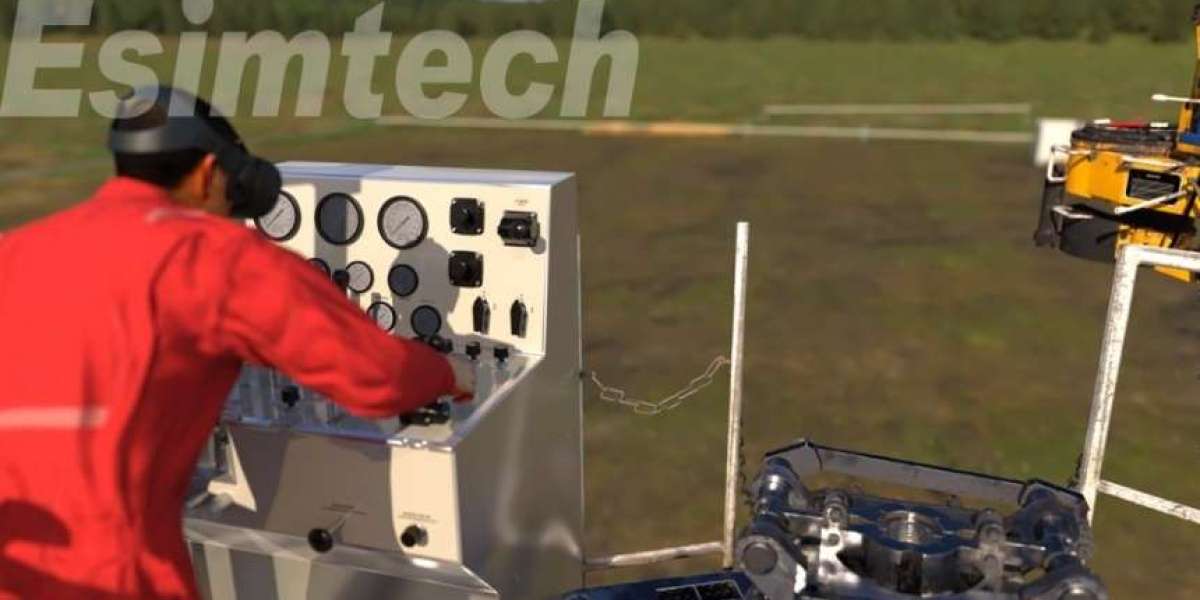The Power of VR in Oil and Gas
VR offers a unique opportunity to immerse individuals in simulated environments that replicate real-world oilfield scenarios. This immersive experience provides several advantages:
Enhanced Training and Skill Development:
Realistic Simulations: VR can recreate complex oilfield environments, from drilling rigs to offshore platforms, allowing trainees to practice in a risk-free setting.
Hands-On Experience: Trainees can gain hands-on experience with equipment and procedures without the associated costs and risks of real-world training.
Improved Skill Retention: VR-based training can enhance skill retention by providing a more engaging and memorable learning experience.
Improved Safety and Risk Mitigation:
Hazard Identification: VR simulations can help identify potential hazards and risks in advance, allowing for proactive measures to be taken.
Emergency Response Training: VR can be used to train workers on emergency procedures, such as fire safety, evacuation, and spill response.
Reduced Accidents and Injuries: By improving worker training and awareness, VR can help prevent accidents and injuries, leading to significant cost savings.
Optimized Operations and Maintenance:
Remote Inspection and Maintenance: VR can enable remote inspection and maintenance of equipment, reducing the need for on-site personnel.
Improved Equipment Performance: By identifying and addressing potential issues early on, VR can help optimize equipment performance and reduce downtime.
Reduced Operational Costs: By streamlining operations and minimizing downtime, VR can lead to significant cost savings.
Accelerated Decision-Making:
Data-Driven Insights: VR simulations can be used to visualize complex data sets, allowing for better decision-making.
Faster Problem-Solving: By providing a visual representation of problems, VR can accelerate problem-solving and decision-making processes.
Increased Efficiency: Faster decision-making leads to increased efficiency and reduced costs.
Real-World Applications of VR in Oil and Gas
Several oil and gas companies are already leveraging VR to enhance their operations. Some of the key applications include:
Rig Walkthroughs: VR can be used to conduct virtual walkthroughs of drilling rigs, allowing engineers and technicians to identify potential issues and optimize layouts.
Well Planning and Design: VR simulations can help visualize well trajectories and optimize drilling plans.
Equipment Training: VR-based training can be used to train workers on the operation and maintenance of complex equipment.
Safety Training: VR can be used to train workers on safety procedures, such as fire safety and emergency response.
Remote Operations: VR can enable remote operation of equipment, reducing the need for on-site personnel.
The Future of VR in Oil and Gas
As VR technology continues to advance, its potential to revolutionize the oil and gas industry is immense. By embracing VR, companies can improve safety, reduce costs, and enhance overall operational efficiency. The future of the oil and gas industry is likely to be shaped by innovative technologies like VR, which will drive significant cost savings and sustainable practices.








